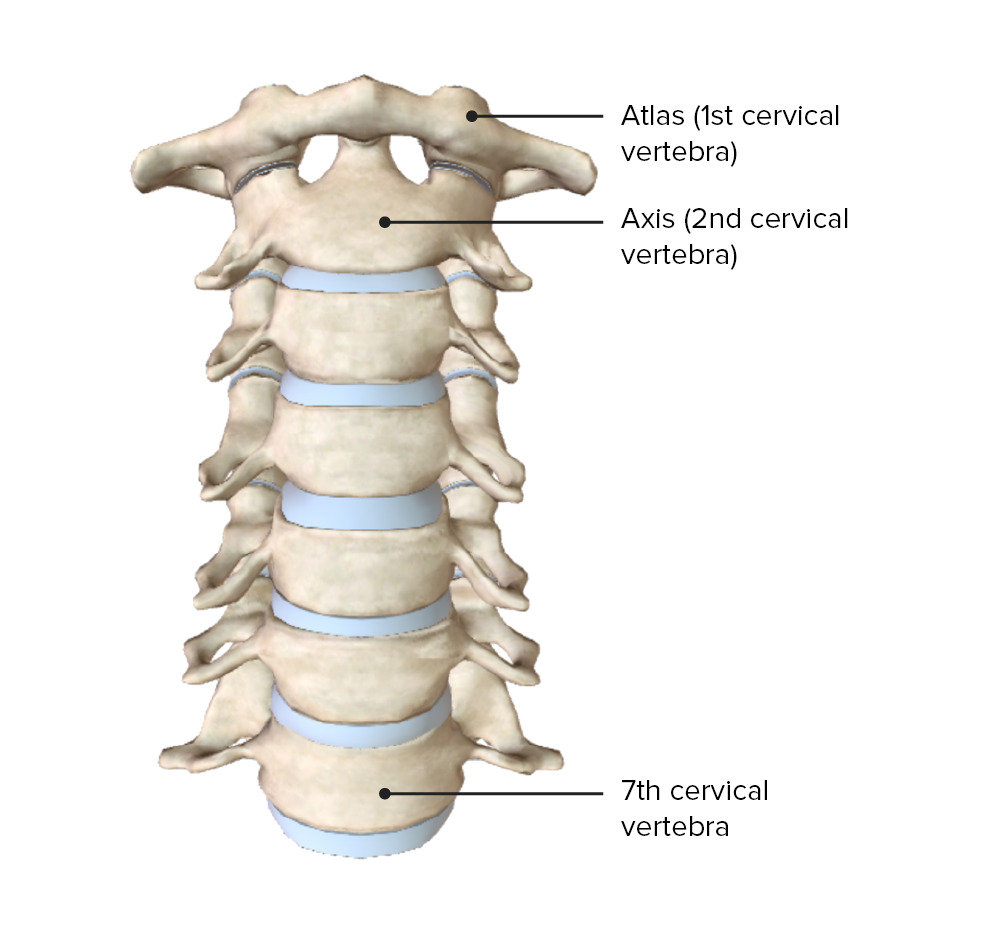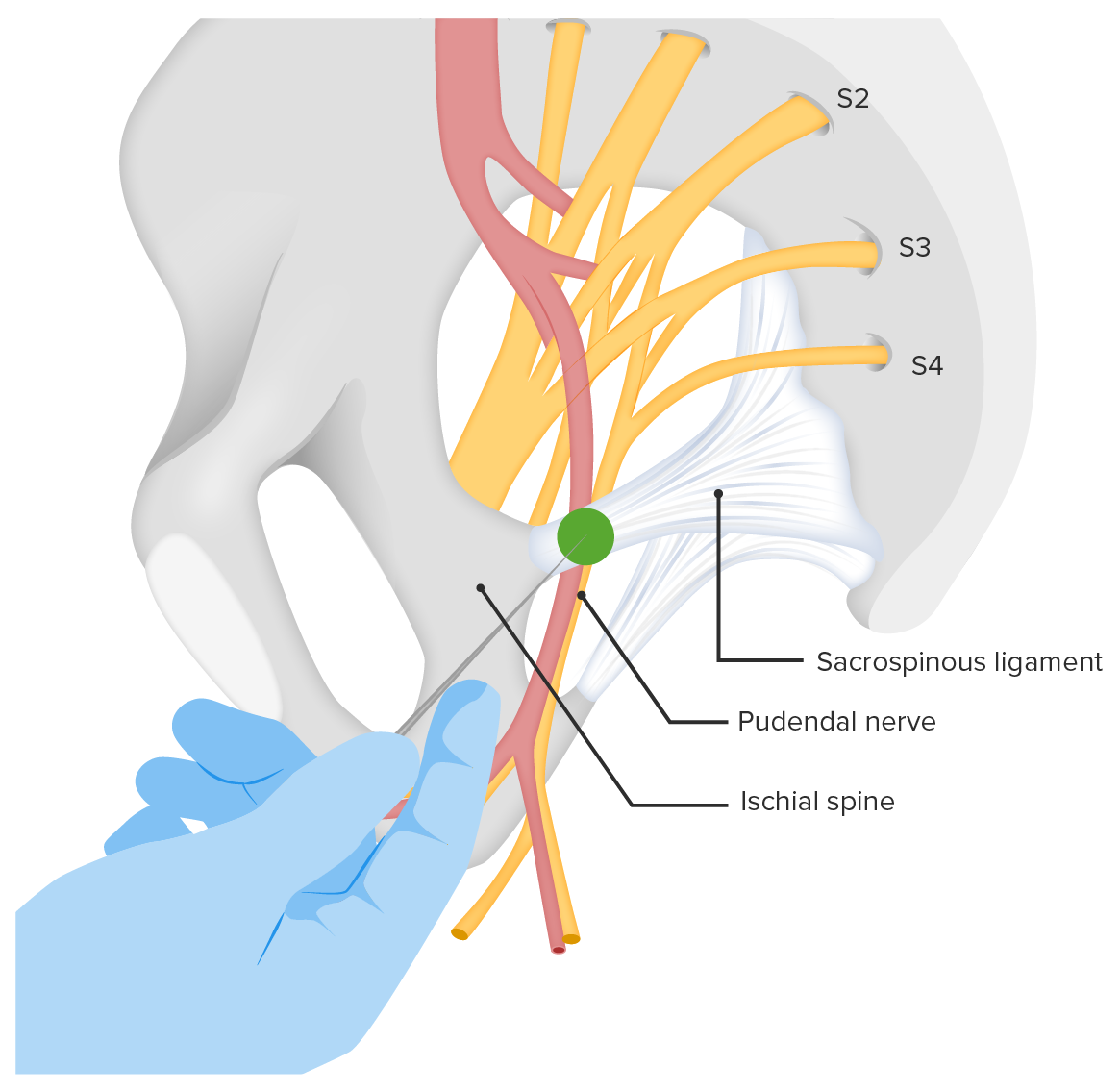Playlist
Show Playlist
Hide Playlist
Finding the Epidural Space – Neuraxial Blocks
-
09 -Neuraxial Blocks.pdf
-
Download Lecture Overview
00:00 How do we find the epidural space? I pointed out to you previously that the epidural space is really almost an imaginary space. It exists but it's not like a hole or an open area in the body, it's an area that's packed full of blood vessels and fat. But the interesting thing is, that its major connection with the rest of the body is through the, through the thorax, through the chest. And because of that, it changes pressure in the same way as the pressure in the chest changes. And the pressure in the epidural space is lower than the pressure in surrounding tissues. So, we can insert a needle, usually when we put it in we can feel the Ligamentum flavum. It's usually a fairly tough ligament, except in pregnant women where it can be quite soft. But it's usually tougher than the surrounding tissues. 00:51 And you can almost feel the tip of the needle popping through it. And while we're advancing at, we're putting pressure on the syringe, which is full of saline, and as you pop through the Ligamentum flavum, you get what's called a Loss-of-Resistance, the syringe just empties. And it's very sudden and very dramatic. People use different solutions in the syringe. They use saline or air, or a mixture of the two. I used to use air, than I went to a mixture of the two, I now always use saline. 01:21 And I get a very distinct feeling as you go through the Ligamentum flavum and you lose the resistance that you're feeling as you advance the needle. You then disconnect the syringe from the needle hub and you pass a catheter through the syringe, through the, excuse me, through the needle, which then passes up into the epidural space. This is a typical epidural needle, this is called a Tuohy needle. And you can see it in the middle diagram here. The Tuohy tip is quite large. It's at a bit of an angle and if you look very carefully, you can see that it's got a cutting edge. It's quite a sharp needle. 02:03 It'll actually cut through that Ligamentum flavum. On the right part of the diagram you can see the catheter beside the needle. Once the needle's in place and you've done your loss-of-resistance, you take a stylet out of the needle and then you pass the catheter through. So, what's the difference between an epidural and a spinal. Well, the big difference is 3 millimeters and it's a very small distance when you're putting pressure on the back, and you can feel the needle moving forward. But epidurals produce good anesthesia, but not profound anesthesia. So, patients with an epidural block will feel pressure when the surgeon pushes on their abdomen, may feel position changes as the surgeon moves back and forth, and may have some sense of work going on. Sometimes patients will actually describe that they can feel the surgeon's hand, but they don't have pain. 03:09 It's a very good technique for patients in labor, because you can use it for an extended period of time, because a catheter is placed and you can give very dilute local anesthetics over a period of time that cause excellent labor pain relief. And then, if you have to, you can change it to an anesthetic for surgical pain. You could adjust the rate of flow through the catheter, you can adjust the dose and strength of the local anesthetic that's being used to modify your block to the patient's needs. But the big difference between epidural and sub-arachnoid block, as I said is 3 millimeters. But the difference in block is quite profound. The first thing is that, when you get into the spinal space, the sub-arachnoid space, you're actually in the Central Nervous System. And you'll see in a picture I'm going to show you in a moment, that you get cerebral spinal fluid dripping out of the needle. You do not place a catheter in this situation. 04:09 You merely inject local anesthetic, sometimes with very dilute morphine or other narcotic into the space. You get a very profound block. The patients have absolutely no sensation below the waist with this block. So, those sensations of pressure or movement that I described for the epidural are absent in the case of a spinal. And for the ideal surgical situation, a spinal is actually superior to an epidural. 04:39 The negative about a spinal is, you can't adjust it. You can't decrease or change the flow of the drug. It's a one shot technique.
About the Lecture
The lecture Finding the Epidural Space – Neuraxial Blocks by Brian Warriner, MD, FRCPC is from the course Anesthesia.
Included Quiz Questions
What is the advantage of epidural anesthesia?
- It can be modified by increasing or decreasing the rate of infusion.
- It can be used in patients with severe fluid loss from bleeding, vomiting, or diarrhea.
- It has a rapid onset.
- It requires low doses to reach the desired block.
- It is injected directly into the central nervous system.
Which of the following statements regarding subarachnoid anesthesia is TRUE?
- It results in complete loss of all the sensations in the blocked area.
- It has a low incidence of post-dural-puncture headache.
- It can be modified by changing the concentration of local anesthetics.
- Pain is eliminated, but the patient often recognizes sensations of pressure or movement of the abdominal wall.
- It is the ideal technique for patients in labor.
Customer reviews
5,0 of 5 stars
| 5 Stars |
|
5 |
| 4 Stars |
|
0 |
| 3 Stars |
|
0 |
| 2 Stars |
|
0 |
| 1 Star |
|
0 |





